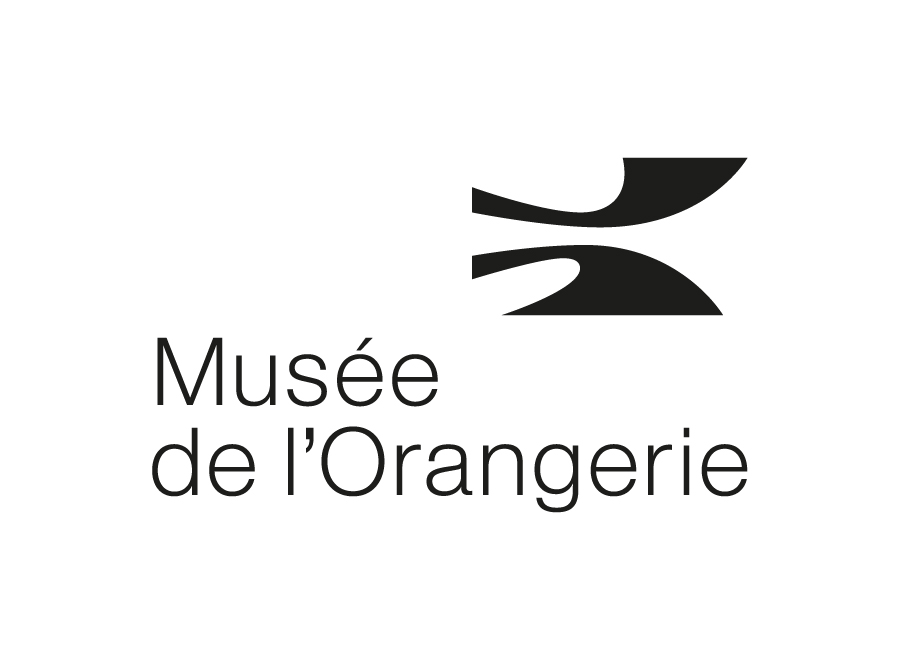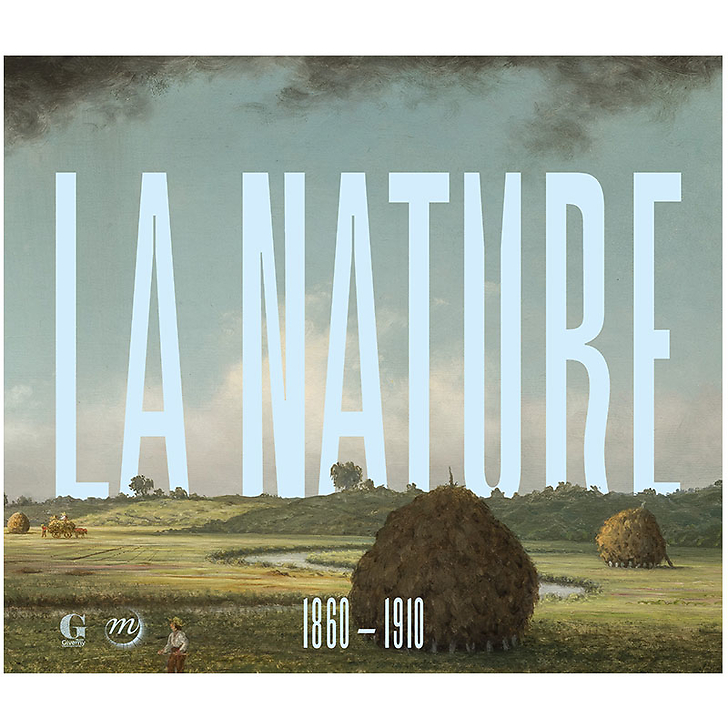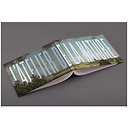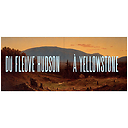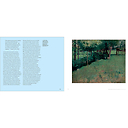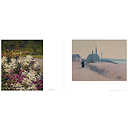Written in French.
In an open letter written in 1855, the landscape painter Asher B. Durand advised students not to study in the renowned studios and instead urged them to work outdoors and confront themselves with the "workshop of nature". Many young artists followed his recommendations. The direct observation of nature allows them to reach a form of authenticity when they return to paint in their studios.
Later, American artists would reject the servile imitation of nature and turn to creations based on emotion and expressiveness. Starting in the 1880s, American artists painting in Barbizon and Giverny approached nature through the eyes of naturalists and impressionists. They abandoned large panoramas for ordinary scenes, depicted in an innovative style. Working outdoors encourages them to apply color in large strokes to capture the changing effects of light and shadow. Returning to the United States at the turn of the century, these artists continued to employ impressionist methods and tones while experimenting with new, more modern techniques.
The catalog explores this evolution chronologically, in five sections: the links between photography and landscape painting in the 1870s, from the radical reinvention of landscape by Whistler, the poetic landscapes of the 1880s, the colorful impressionism of Giverny, and finally the various interpretations of nature by twentieth-century urban artists.
Exhibition at the Giverny Museum of Impressionisms from September 12th 2020 to January 3rd 2021.
Written in French.
192 pages / 150 illustrations
Rmn-Grand Palais Publishing / In partnership with the Giverny Museum of Impressionisms
Close
